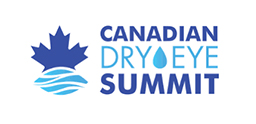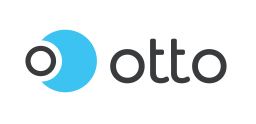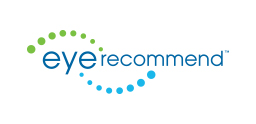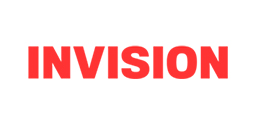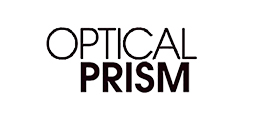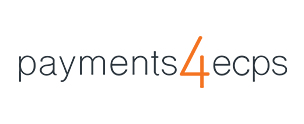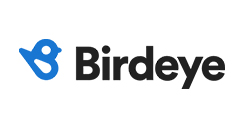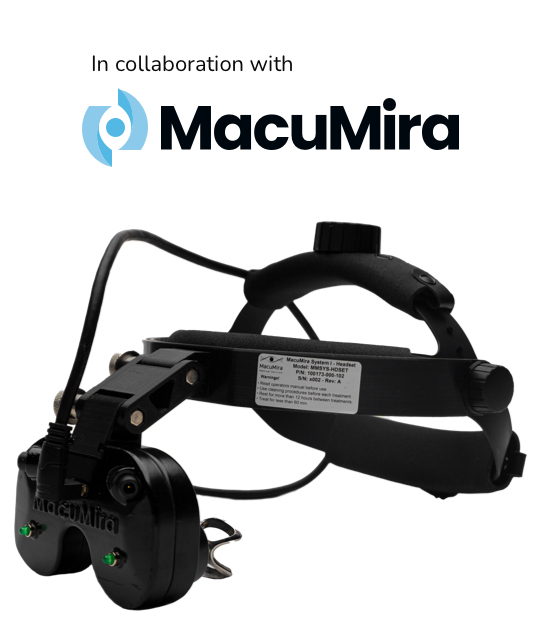As patient needs become more complex and technology continues to advance, general care alone is no longer the strongest growth strategy. To stand out, modern practices are embracing niche services that address specific medical conditions and lifestyle concerns.
Focusing on a medical niche not only sets your practice apart but also positions you as an expert in areas where demand is rising. Whether you’re looking to expand your offerings, attract a more targeted patient base, or future-proof your business, choosing the right niche is key.
The top 5 medical niches in the eye care industry to focus on include:
- Dry eye
- Myopia control
- Vision therapy and sports vision therapy
- Medical aesthetics
- Eye disease management
Building a tailored marketing strategy to your practice’s unique selling points, you can set yourself and your practice up for success!
Why Niche Focus Matters in Eye Care
In a crowded and rapidly evolving eye care market, carving out a niche can help your practice grow faster, attract the right patients, and create a stronger brand identity. Here’s why it matters:
- Differentiation in a Crowded Market: A defined niche helps your practice stand out by showcasing expertise in a specific area that patients are actively seeking.
- Stronger Patient Trust and Loyalty: Patients are more likely to trust and stay loyal to a provider who specializes in their unique vision needs.
- Increased Revenue Through Specialized Services: Niche services often command higher fees and lead to ongoing care, boosting long-term profitability.
- More Targeted and Effective Marketing: Focused messaging allows you to connect directly with the ideal patient audience and maximize marketing ROI.
- Professional Fulfillment and Clinical Growth: Specializing in a niche creates opportunities for deeper clinical expertise and a more rewarding practice.
Top 5 Medical Niches in the Eye Care Industry
1. Dry Eye
Dry eye is one of the most common and underdiagnosed eye conditions—and it’s only getting worse with more screen time, environmental triggers, and an aging population. Patients with dry eye are often frustrated and looking for lasting relief, making them highly receptive to specialized care.
A dry eye clinic within your practice allows you to offer advanced diagnostics and a wide range of treatments—from meibomian gland expression and intense pulsed light (IPL) therapy to prescription eye drops and nutritional support. It’s also a great opportunity for recurring revenue through treatment plans and ongoing follow-ups.
Marketing efforts like SEO, email, paid ads, and social media can focus on lifestyle pain points like digital fatigue, menopause, and seasonal discomfort to reach the right audience.
2. Myopia Control
The second medical niche your practice can focus on is myopia management. With an estimated amount of 50% of the world population to be affected by myopia by 2050, being able to offer comprehensive solutions for this condition has become something that many clinics strive for.
Parents are increasingly aware of the risks of progressive myopia, including long-term eye health complications like retinal detachment and macular degeneration.Offering solutions such as orthokeratology (ortho-k), low-dose atropine therapy, and specialized soft contact lenses can position your practice as a trusted provider for concerned families.
Marketing strategies that focus on education—like school partnerships, webinars for parents, and targeted social media content—can build visibility and trust in this growing niche.
3. Vision Therapy & Sports Vision Therapy
Vision Therapy
Another key area where optometry practices have traditionally been successful is vision therapy or neuro-optometric rehabilitation. It’s important that these campaigns highlight both the technical expertise and the compassionate understanding critical within vision therapy sessions.
Marketing should emphasize the importance of early detection, provide resources that cover different types of therapies available for those diagnosed with a certain condition, and building referral networks and using case studies or parent testimonials can be powerful ways to grow this niche.
Sports Vision Therapy
Sports vision has become a popular field; especially among young athletes who want to reach peak performance levels. Practices need to clearly illustrate what sets them apart from competitors while emphasizing successes achieved through vision enhancement programs.
Crafting sports vision campaigns should highlight how visual performance significantly impacts athlete’s overall performance, equipment or specialized training sessions.
Building referral networks and using case studies or parent testimonials can also powerful ways to grow this niche.
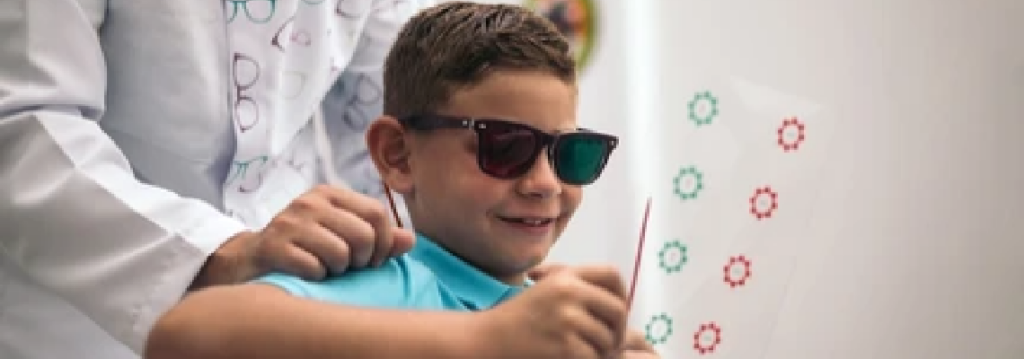
4. Medical Aesthetics
The intersection of medical eye care and aesthetics is becoming increasingly popular in optometry. From Botox and dermal fillers to lid hygiene and IPL for dry eye, many practices are finding success by blending medical outcomes with cosmetic appeal.
Patients are increasingly seeking services that improve both function and appearance. These treatments not only increase revenue but also elevate your brand perception.
Marketing in this space should lean into self-care, confidence, and aging gracefully, often through lifestyle-focused platforms like Instagram, local influencers, or beauty-focused blog content.
5. Eye Disease Management and Systemic Health Integration
As the healthcare industry moves toward a more integrated, preventative care model, optometrists are playing a bigger role in managing chronic eye diseases and identifying systemic health issues through the eyes.
This niche allows you to deliver high-value, medically necessary care that often requires ongoing monitoring and treatment—leading to better health outcomes and more consistent revenue.
Marketing strategies should highlight early detection, patient education, and the connection between vision and overall wellness to attract informed, health-conscious patients.
Marketing Tips for Positioning Your Practice in These Niches
Once you’ve chosen a niche (or two), the next step is making sure the right people know about it. Effective niche marketing is all about clarity, consistency, and building authority within your specialty. Here are key strategies to position your practice for success:
- Create Targeted Website Content: Build dedicated pages for each niche service you offer—like “Dry Eye Treatment,” “Myopia Control for Kids,” or “Vision Therapy for Concussion Recovery.” Include patient-focused language, FAQs, and treatment options to improve SEO and establish credibility.
- Use Local SEO to Your Advantage: Optimize Google Business Profile listings and location-specific keywords (e.g., “myopia control in [location]”) to attract patients searching for niche services in your area.
- Leverage Patient Education: Blogs, videos, infographics, and email campaigns can help explain complex topics in simple terms, position you as an expert, and build trust with prospective patients.
- Develop Referral Relationships: Partner with pediatricians, neurologists, endocrinologists, physical therapists, and even schools to build a steady stream of qualified referrals for your specialty services.
- Run Targeted Ads: Use Facebook, Instagram, and Google Ads to run campaigns that speak directly to niche audiences—such as parents, seniors, or athletes—with clear messaging and calls to action.
- Showcase Success Stories: Testimonials, before-and-after visuals (where appropriate), and real patient outcomes are powerful social proof that reinforces your expertise and the value of your niche services.
- Host Community Events or Webinars: Educational events on topics like “Managing Screen Time & Myopia” or “Understanding Dry Eye Syndrome” can bring in new patients and build your authority locally.
- Brand with Consistency: Make sure your website, signage, business cards, and social media all reflect your niche focus, so patients immediately recognize what you specialize in and who you help.
Work with a Marketing Team
Medical niche marketing in the eye care industry offers countless opportunities for practitioners looking into growing their client base in any given region. There’s plenty room available when it comes to creating innovative ways of increasing visibility among each specific target group involved with eye care.
Reach out to our team of optometry marketing experts at Marketing4ECPs to discuss the next steps in marketing your medical niche.












